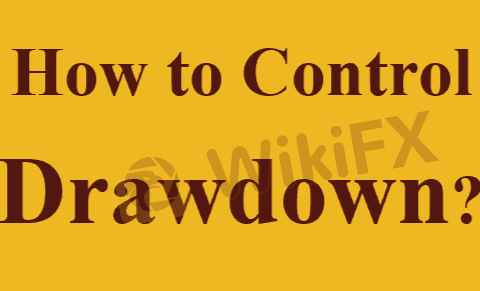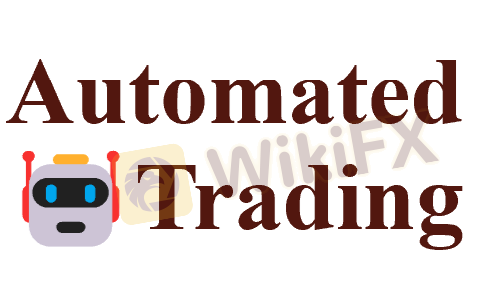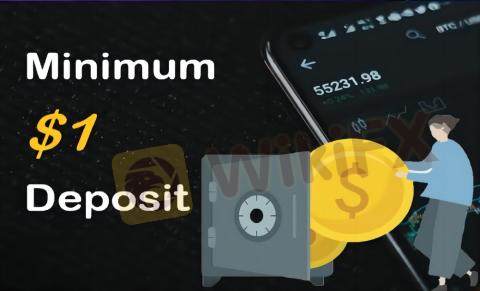Welcome to the Forex Encyclopedia Channel of WikiFX, a professional knowledge-sharing platform. Let's discuss stop-losses in forex trading: their meaning, importance, and the question many people ask: Can I trade forex with stop-losses? In this session, we will dive deep into this topic and offer some relevant strategies. It is our sincere hope that you will learn something useful from this article and become a better forex broker as a result.
What is a Stop-Loss (Order)?

A stop-loss order is a defensive device that can be activated to safeguard an order against deeper losses, including closeouts, by immediately liquidating the position within the trader's risk profile.
At the current market price, trades are closed. There may be a discrepancy between this rate and the rate established in the stop-loss in a volatile market. As soon as trading restarts, the stop-loss could be triggered, and the trade would be executed at the current market rate, which could be lower than the stop-loss rate established in the order, resulting in further losses.
Consider this example:
For example, a forex trader might enter a purchase order at EUR/USD at 1.1520 with a stop-loss order set for 1.1500. This means the most loss a trader can sustain is 20 pips. Common practice among traders is to move the stop-loss order to a point where it safeguards some of the trader's profits once the trade has shown a moderate profit.

To continue our example, let's say that after the trader buys EUR/USD at 1.1520, the price rises to 1.1650. If the market starts to turn, the trader can protect nearly half of their current profit by increasing their stop-loss order to 1:1560.
Why Are Stop-Losses So important?
It is difficult to overstate the significance of knowing how to implement a stop-loss order while trading forex.As to why stop is so significant in the forex market, consider the following:

To put it simply: everyone who dabbles in the foreign exchange market does so with a certain amount of their own money, and the primary goal of every trader is to preserve that cash. Stop-loss is essential for accomplishing this in a quantifiable manner.
Use a stop-loss order to protect yourself against the market. You can't avoid the market's ups and downs by default. Putting in place suitable stop-losses during trading is the only method to prevent more losses.
Use of stop-loss orders permits capital reinvestment. Your major goal as a trader should be to consistently reinvest your profits, and increase them through the power of compounding. With a stop loss in place, you can avoid losing money on deals that aren't going anywhere.
You can estimate how much of your trading capital is at danger by monitoring the size of your stop loss orders in active deals. In the event you need to cut your positions to reduce risk, that serves as an immediate trigger.
Advantages & Disadvantages of Using Stop-Loss

It can reduce risk
An investor uses a stop-loss order to restrict their exposure to potential losses. This provides investors with some solace in the face of extreme price swings.
Cheap to Implement
Stop-loss orders, in contrast to many other risk-mitigation or hedging tactics, require nothing more than a phone call to your broker.
No Need to Monitor
Stop-loss orders also allow investors to avoid constantly keeping tabs on the market.

The biggest drawback is that the stop price could be triggered by a temporary change in a currency pair.
A second consideration is that if the stop price is reached, the stop order automatically converts to a market order. As a result, the stop price and the price at which you actually sell may be very different.
Stop-loss orders have other limitations, such as the fact that many brokers won't let you use them on penny stocks.
Can I Trade Forex without Stop-Loss?
Forex trading without a stop loss is possible provided alternative methods of risk management are employed. If a trader doesn't use a stop loss, they won't be forced out of the market due to rollover or volatility.

First,a dealing desk or market maker will act as a market maker by supplying the market with liquidity and buying and selling assets at prices determined by the market. Therefore, the broker may employ hedging strategies, forward your order to another party, place a hold on your order, or even opt to trade against you. And when they do, it implies your loss is their gain because they took the opposite side of the deal.
Second,by informing the broker of your intended exit strategy with a stop loss order, you give the broker an unbalanced position in the deal. Forex brokers may increase the spread to take advantage of the stop loss, increasing the amount of money you have to pay. If they so want, market makers obviously could manipulate prices. The term “stop loss hunter” describes this type of broker.
Third,the forex markets is notoriously volatile. In extreme cases, the price may even appear to break out just to turn back in the other direction shortly afterwards. When a false breakout causes your stop loss to be triggered, you have a problem. The stop loss will prevent you from making a potentially large profit if your trade is terminated too soon.
Forth,some claim that trading using stop losses results in shoddy analysis and trading. Possibly because the trader unconsciously considers the stop loss a safety net. The trade without stop-loss orders may be more judicious in terms of trade selection, capital management, and account control and monitoring.
Lastly,slippages are more likely to occur in markets with high volatility, such as the currency market. Stop loss is only as effective as the broker's ability to close the trade at the desired price. When slippage occurs, the broker will execute your deal at a whole different price level, so destroying your entire trading strategy. Don't be startled if the broker executes your stop-loss order at a level that is far from your original aim.
How to trade forex without a stop-loss?
Here are some alternative ways you can protect downside losses without using broker stop losses. It comes with caution though.
1. Hedging
To hedge is to cover a trading position with another. For instance, in a straight hedge, a long EURUSD position would be offset by a short EURUSD position of the same value. The gain or loss is calculated by subtracting the two figures, however once the trades have been executed, the result is final.
A more effective hedging approach would involve a trader using a basket of currency pairs and other products to reduce volatility and increase risk-adjusted profits.

2. Scalping
Those who spend their days in front of the computer screen may be tempted to trade without using stop losses. A scalper is a trader who aims to make a small profit (a few pips) on each deal. There may be only a few hours or minutes left for each available post. A trader's attention is focused on it when it's in the green so they can take swift action if it suddenly drops into the red.

3. Get A Margin Call
That entails doing nothing more than keeping a minimal amount in your trading account. Then, you'll have to rely on your broker to let you know when you're getting close to your margin limit (though not all brokers will do this).
It comes as no surprise that this is not advised. There is always the chance that your broker will phone or email and you won't be available to respond in time. As a result, your broker might execute the trades at times and prices that are very unfavorable to you. You can also risk having a negative balance. There could be retaliatory fines for that as well.

4. Dynamic stop loss protection
You need an automated system, like an expert advisor, to monitor your account and implement dynamic stop losses. Speculative losses on open trades are tracked in real-time by the software. Each position is set with a loss limit, and when that limit is hit, the positions with the largest losses are closed. In this way, the account's potential for loss is mitigated.
By letting you program in any logic you like, dynamic stop losses offer far more customization than broker-side stops. The primary threat posed by dynamic stops is that the program will malfunction, allowing for significant losses to accumulate before being recognized.
Conclusion
To conclude, whether you are required to utilize a stop-loss order or not, it is a tool that, when employed properly, can provide substantial benefits. Whether you're trying to limit your losses or secure your gains, this instrument can help. A stop-loss is like an insurance policy; you never want to use it, but it's comforting to know you have it just in case.
WikiFX is a professional, global forex broker regulatory inquiry platform with extensive and easily-accessible data on Forex Brokers, the Forex Industry News, Educational Resources and more. For more forex-related information and resources, please visit the WikiFX website or download WikiFX App now.

You Also Like
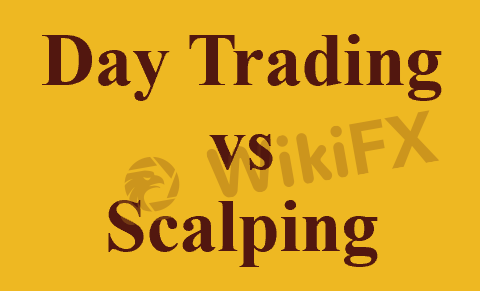
Forex Day Trading VS Forex Scalping: Which One to Choose?
Unravel the clash of Forex day trading and scalping - grasp their tactics, track differences, and tailor your trade.

How to Hedge Forex Positions? Some Relevant Strategies to Share.
Dive into Forex hedging strategies - reducing risk, seizing opportunities and securing robust trading profits.
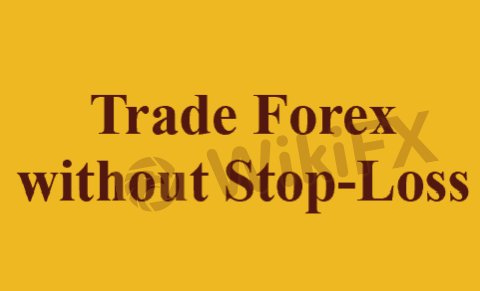
Can I Trade Forex without Stop-Loss? Here Lets’ Discuss
Start Forex trading without stop-loss - understand how it works, explore other options and possible risks.

Forex Market Hours: What is the Best Time to Trade Forex?
Master the clock of Forex trading - optimize profits by knowing the best trading times globally!



